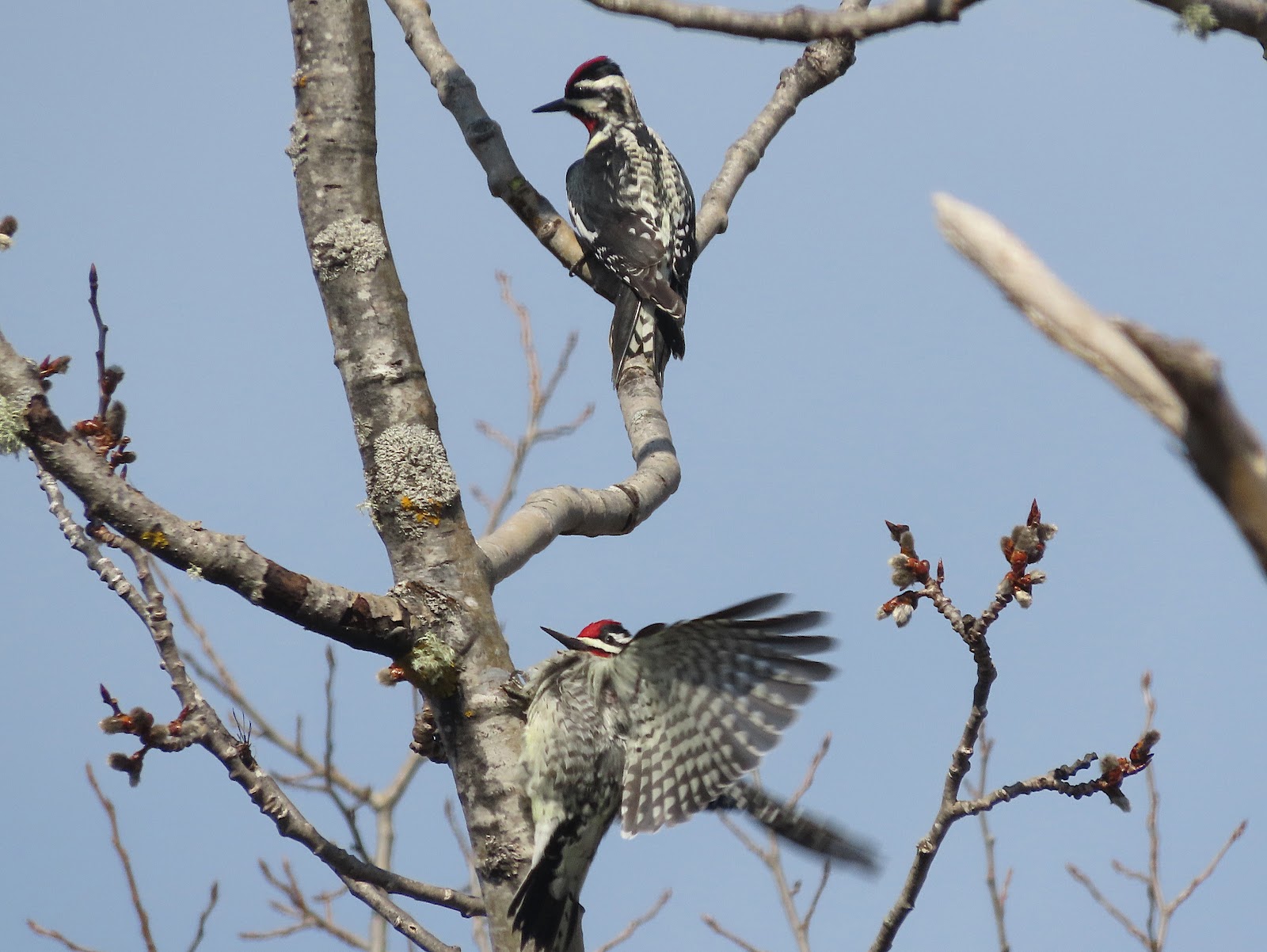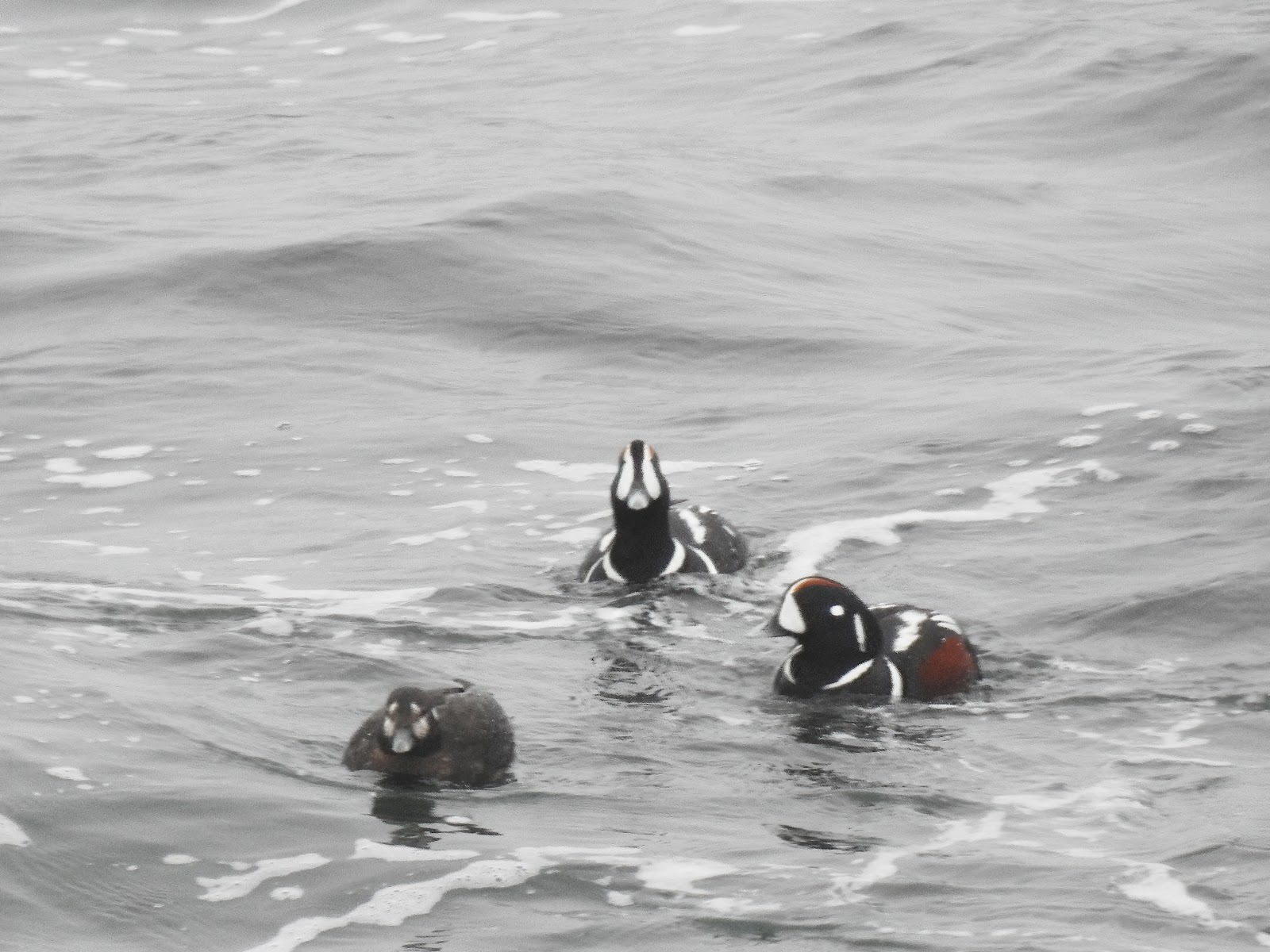NATURE
MONCTON NATURE NEWS
April 16, 2025
Nature Moncton members, as
well as any naturalist in New Brunswick or beyond, are invited to share
their photos and descriptions of recent nature sightings to build a fresh
(almost) daily edition of Nature News
To
respond by e-mail, please address your message to the information line
editor, nelsonpoirier435@gmail.com .
Please
advise the editor at nelsonpoirier435@gmail.com and the proofreader
Louise Nichols at Nicholsl@eastlink.ca if
any errors are noted in wording or photo labelling.
For more information
on Nature Moncton, check the website at www.naturemoncton.com
Proofreading
courtesy of Nichols nicholsl@eastlink.ca
To
view the live feed of the Peregrine Falcon nest cam on the summit of Assumption
Place in Moncton, go to:
**A big thank you to Emily Austen for joining Nature Moncton on Tuesday night to share her incredible knowledge on the wild bees of New Brunswick. Emily delved into their amazing life and times to keep participants on the edge of their seats, amazed at the methods this wild community uses to provide for themselves and, in the process, to play such an important role in the well-being of the whole wildlife community.
Emily had a variety of preserved wild bees and a
stereoscope to examine them closely, allowing participants to appreciate the
points she had made in her presentation.
A truly enlightening presentation that was recorded and will
soon be available to those who may have missed it.
**John Inman found it hard to get good photos, but three yellow-bellied sapsuckers moved into
the tops of the poplars in his Harvey yard and were in a serious contest with each
other, probably territorial issues. All three appear to be male.
**Tony Thomas came across a rather large spider in his
Fredericton garage on Tuesday morning. It was identified on BugGuide as a barn
funnel weaver. The legs spread about one inch.
BugGuide remarks "This spider was imported from
Europe into the shipping ports when large numbers of settlers immigrated from
Europe (starting around the 1600s), and it has steadily spread throughout the
United States and Canada. Because it lives in such close proximity to humans,
it has also successfully been imported to nearly every country on Earth."
**Brian Coyle has been working on a job down near Fort
Louisbourg, on the Mira River, Nova Scotia. There is an active pair of common loons on the river, near the cottage that he is staying in. He hears their
mournful calls at all times of the day and night.
Brian comments that the photos he took were from quite a
distance, so they are documentary. Brian has also included some waterfowl species
seen along the coast near Louisburg, including harlequin ducks, ring-necked
ducks, red-breasted mergansers, and American wigeons.
Nelson Poirier.
Nature Moncton







